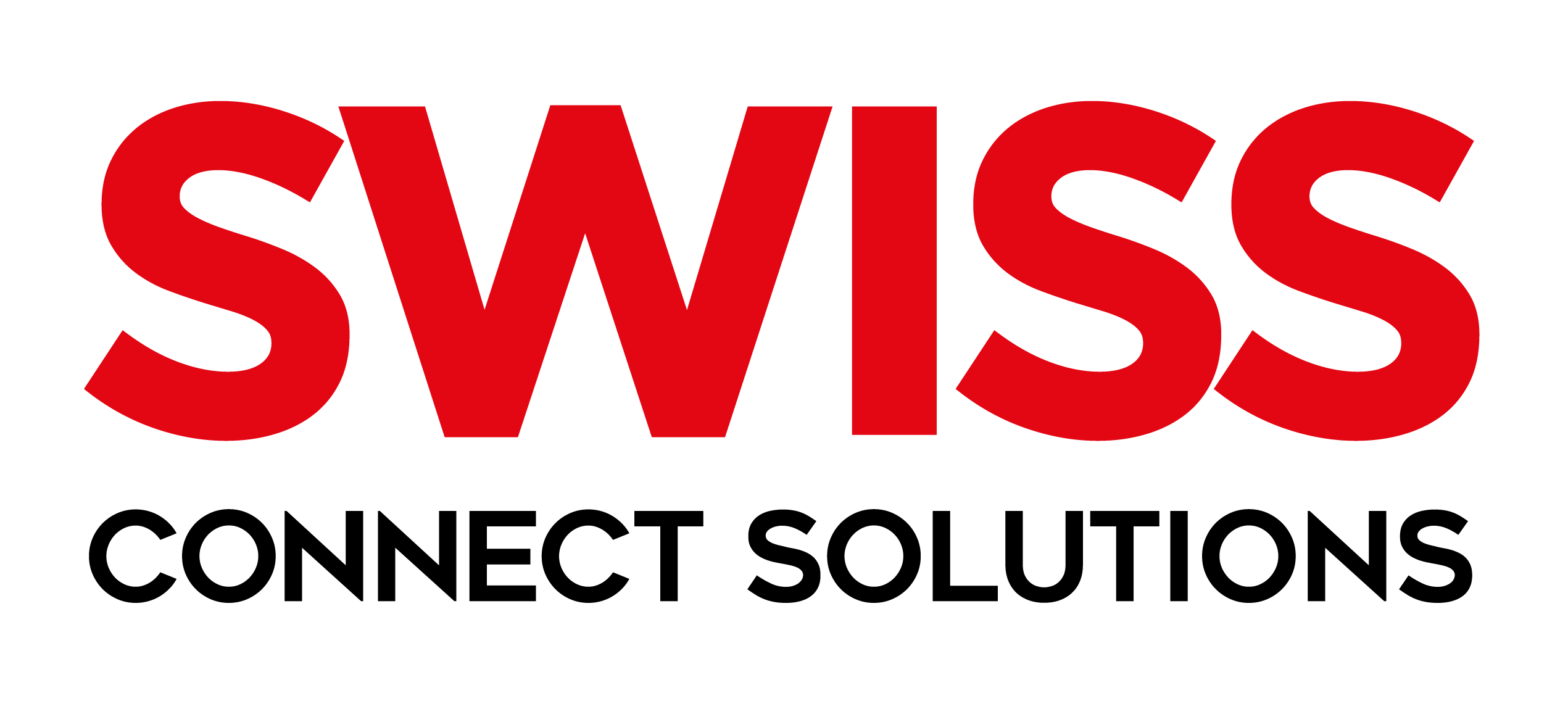Sure! Here’s a well-researched blog post on “Bulk Hiring vs Traditional Hiring: Key Differences” written in a professional and informative tone.
In today’s competitive job market, organizations are constantly evolving their recruitment strategies to meet business demands. Two common approaches that companies use to bring in talent are bulk hiring and traditional hiring. While both methods aim to fill positions, they significantly differ in scale, process, time investment, and application. Understanding the key differences between the two can help HR professionals and businesses choose the most suitable hiring strategy based on their organizational needs.
What is Bulk Hiring?
Bulk hiring, also known as mass recruitment, refers to the process of hiring a large number of employees within a short period. This approach is often used by companies that are:
- Expanding rapidly
- Launching a new project or product
- Opening new offices or facilities
- Operating in high-turnover industries (e.g., BPOs, retail, hospitality)
Bulk hiring typically involves standardized procedures, automation tools, and sometimes recruitment process outsourcing (RPO) partners to manage the scale efficiently.
Also Read: UAE Hiring Trends in 2025
What is Traditional Hiring?
Traditional hiring refers to the standard process of recruiting individuals to fill specific roles, often one at a time. This method is ideal for:
- Niche or senior-level positions
- Roles requiring specialized skills or experience
- Companies with slower hiring needs
Traditional hiring involves a personalized approach with more focus on candidate fit, cultural alignment, and long-term potential.
Also Read: Difference Between HR Business Partner (HRBP) and HR
Key Differences Between Bulk Hiring and Traditional Hirin
| Criteria | Bulk Hiring | Traditional Hiring |
|---|---|---|
| Volume | High number of hires | One or few roles at a time |
| Speed | Fast-paced to meet urgent demands | Slower, more deliberate |
| Recruitment Process | Streamlined, often automated | Customized, manual, in-depth |
| Candidate Screening | Group interviews, assessments, ATS tools | Individual interviews, detailed assessments |
| Job Roles | Entry-level, repetitive, or high-demand roles | Specialized, technical, or leadership positions |
| Cost Efficiency | Lower cost per hire due to scale | Higher cost per hire due to depth of process |
| Quality vs Quantity | Focus on meeting numbers | Focus on quality and fit |
| Use of Technology | Heavy reliance on HR tech and bulk recruitment software | Limited or customized tech use |
Also Read: Different Methods of Recruitment: A Complete Guide for Employers
Pros and Cons
Bulk Hiring
Pros:
- Fills vacancies quickly
- Cost-effective for large-scale needs
- Efficient for seasonal or project-based work
Cons:
- Risk of lower candidate quality
- Higher onboarding and training costs
- Greater potential for employee turnover
Also Read: Employee Compensation Plan: Key Strategies to Attract and Retain Top Talent
Traditional Hiring
Pros:
- Better candidate-job fit
- Higher employee retention
- Stronger employer branding
Cons:
- Time-consuming
- Costlier per hire
- Slower to scale
Also Read: Difference Between HR Business Partner (HRBP) and Traditional HR Roles
When to Use Each Approach
- Use Bulk Hiring when scaling operations quickly, staffing for events, or hiring for high-volume roles.
- Use Traditional Hiring when the role is strategic, requires a specialized skill set, or when the organizational culture fit is a priority.
Conclusion
Both bulk hiring and traditional hiring have their place in a company’s recruitment toolkit. The best choice depends on the hiring goals, role requirements, and the urgency of the need. By understanding their key differences, HR leaders can design smarter hiring strategies that balance speed, cost, and quality—ultimately strengthening their workforce and achieving business goal.
Related:
Difference Between HR Business Partner (HRBP) and Traditional HR Roles
Permanent vs. Contingent Workers: What’s the Difference and Why It Matters
What Is Outplacement? Meaning and Definition Explained
What Are HR Shared Services? A Modern Approach to HR Operations
Benefits of Using Recruitment Agencies for HR Teams in the UAE


